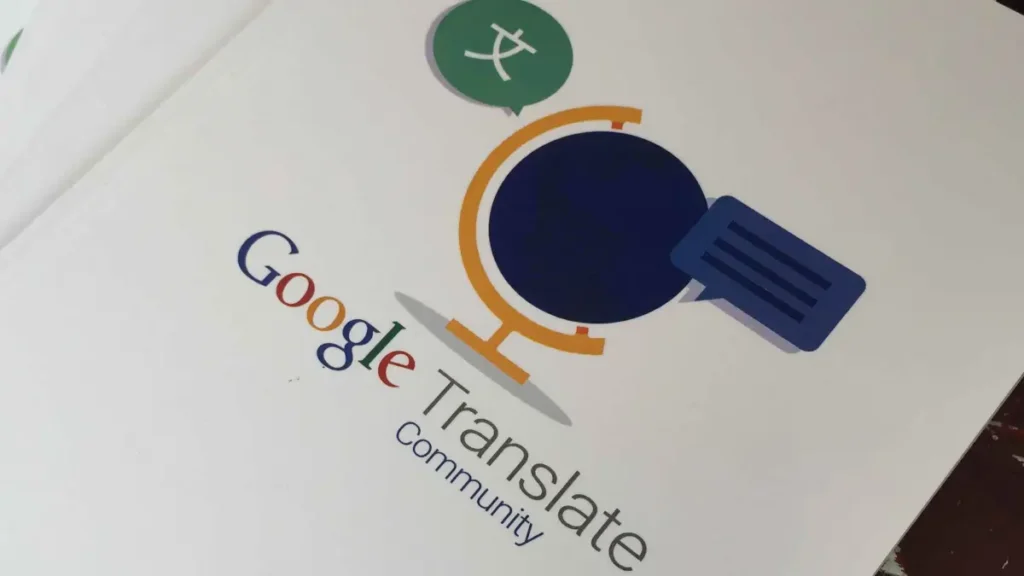
Google announced on 27 June that it is adding 110 more languages to Google Translate including the Khasi language spoken by the locals of Khasi people in the state of Meghalaya. Khasi is also the principal language of Meghalaya. The other Indian languages including Tulu, Marwadi, Awadhi, Khasi, Santali, and Kokborok, were added to Google Translate.
Khasi language on Google Translate
This is good news, especially for people who want to learn the Khasi language, as it will help them in their learning. It could also help tourists communicate and understand better using Google Translate. Chief Minister of Meghalaya Conrad Sangma, also appreciates this move by Google to add the Khasi language to Google Translate, he also urges Google to add more Local languages like the Garo language he gave an example in a post on his X (formerly Twitter) handle.
It’s important to note that the state of Meghalaya is currently striving to add Khasi and Garo languages to the Eighth Schedule of the Constitution of India. The government, along with many NGOs from Meghalaya communities, is working hard to achieve this recognition from the central government.
This effort aims to preserve and promote the Khasi language, ensuring its continued use and significance in educational, administrative, and cultural contexts. Recognition in the Eighth Schedule would not only validate the linguistic heritage of the Khasi people but also provide a platform for better representation and support at the national level.
Also Read: Prime Meghalaya: Empowering Entrepreneurs in the State
Google added 110 languages
According to Google, these 110 languages have over 614 million speakers with 8% of the total population. This language includes mostly from Africa including Fon, Kikongo, Luo, Ga, Swati, Venda, and Wolof, according to the Company. With this expansion, Google Translate now has around 243 languages across the world, a jump from 133 languages earlier.
Conclusion
This move by Google is beneficial for the users to get more experience in learning and translating more languages on Google Translate, Google takes the help of Google’s in-house PaLM 2 large language model (LLM) in learning new languages. These languages will be available on Google Translate’s website and its mobile apps on Android and iOS.